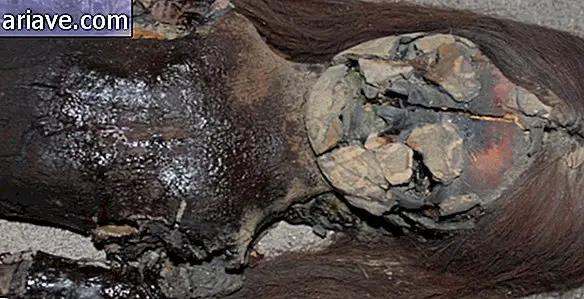11 iconic dream scenes in the cinema
Regardless of the genre, one of the most important characteristics of cinema is the possibility of surpassing the limits of reality. Maybe that's why dream sequences, when well executed, are so interesting. The transition between the real and the imaginable can be a very creative narrative feature, or it can be used to confuse the audience as the script desires.
Dreams have such a power in cinema that in some cases they are not limited to a single sequence, but they are the central argument of the narrative, and the whole movie revolves around them.
Check out some of cinema's most iconic dream sequences
Eternal Brightness of a Mind Without Memory (2004)
Inspired entirely by dreams, the film tells the story of a former couple trying to erase the memories they built together. The audience follows their past from the dreams of Joel (Jim Carrey) as he tries to stop Clementine (Kate Winslet) from disappearing from their memories.
The Great Lebowski (1997)
One of the Coen brothers' most entertaining movies, The Great Lebowski tells the story of a man who doesn't take life too seriously. At one point, he has a completely crazy dream. A sequel that talks a lot about the movie itself and the spirit of the directors.
Wild Strawberries (1957)
Ingmar Bergman is one of the big names in world cinema. His films often have a strong connection with death, faith and family. And that is what this sequence of Wild Strawberries expresses, when the character finds himself in a world where time no longer matters.
The Origin (2010)
Another movie that builds on dreams, The Origin has some surreal sequences. The director, Christopher Nolan, explored the possibilities of dreams very well, both to construct a complex narrative and to create some of the most exciting sequences in his filmography. Like this, when a character is fighting in a dream, and his body is rolling over in a van.
Day of the Dead (1985)
George Romero is the father of zombies in the cinema and the third movie of the Trilogy of the Dead makes that very clear. Early on, the protagonist is looking at a landscape on a calendar when she is suddenly surprised. The image of zombie hands coming out of doors or walls turned out to be a big cliche, but here was a creative twist.
Fear Island (2010)
Martin Scorsese could not be left out of such a list after creating a beautiful dream sequence on Isle of Fear. The scene shows the protagonist interacting with his late wife. Over time, various elements begin to compose the sequence and everything will be connected with the impactful and unexpected ending.
An American Werewolf in London (1981)
Horror movies often benefit from dreams through terrible nightmares. That's what we can see in this scene from An American Werewolf in London . The protagonist is quiet with his family when someone knocks on the door. When he opens it, the family is attacked by mutant Nazis until he wakes up in a hospital bed.
The Exorcist (1973)
A good example of how a dream can help build a narrative of tension in terror is The Exorcist . One of the most important works of the genre, at one point, Father Karras is drunk, he begins to have strange visions, until at some point, he has his first contact with a demon, soon after seeing an image of his mother. dead. The scene is so important to the film that it is from this moment that the priest begins to question his faith.
The Nightmare Hour (1984)
And what about an entire franchise built from the nightmare? After all, it is when we are sleeping that Freddy Krueger has power over us. The franchise is a sum of clichés of terror with a plethora of attacks from the villain in dreams. Something that the opening scene of the first movie already makes clear.
Vanilla Sky (2001)
Vanilla Sky is a symbolic film and the duality between the real world and the dream world is one of them. Right at the opening, David Aames (Tom Cruise) leaves his apartment and finds the streets of Manhattan empty. He takes the opportunity to drive around the city, then parks the car and starts running down empty Times Square. The sense of unreality begins to grow, along with the soundtrack, in one of the most emblematic moments of the film.
Pulp Fiction (1994)
One of the funniest scenes on the list could only come out of Quentin Tarantino. In Pulp Fiction, Butch (Bruce Willis) has a dream about the day he received his father's watch, who had died in the war. The sequence of how the clock has been passed from person to person until it gets your hands is one of the most fun in the director's career.
11 iconic dream scenes in the cinema via TecMundo











